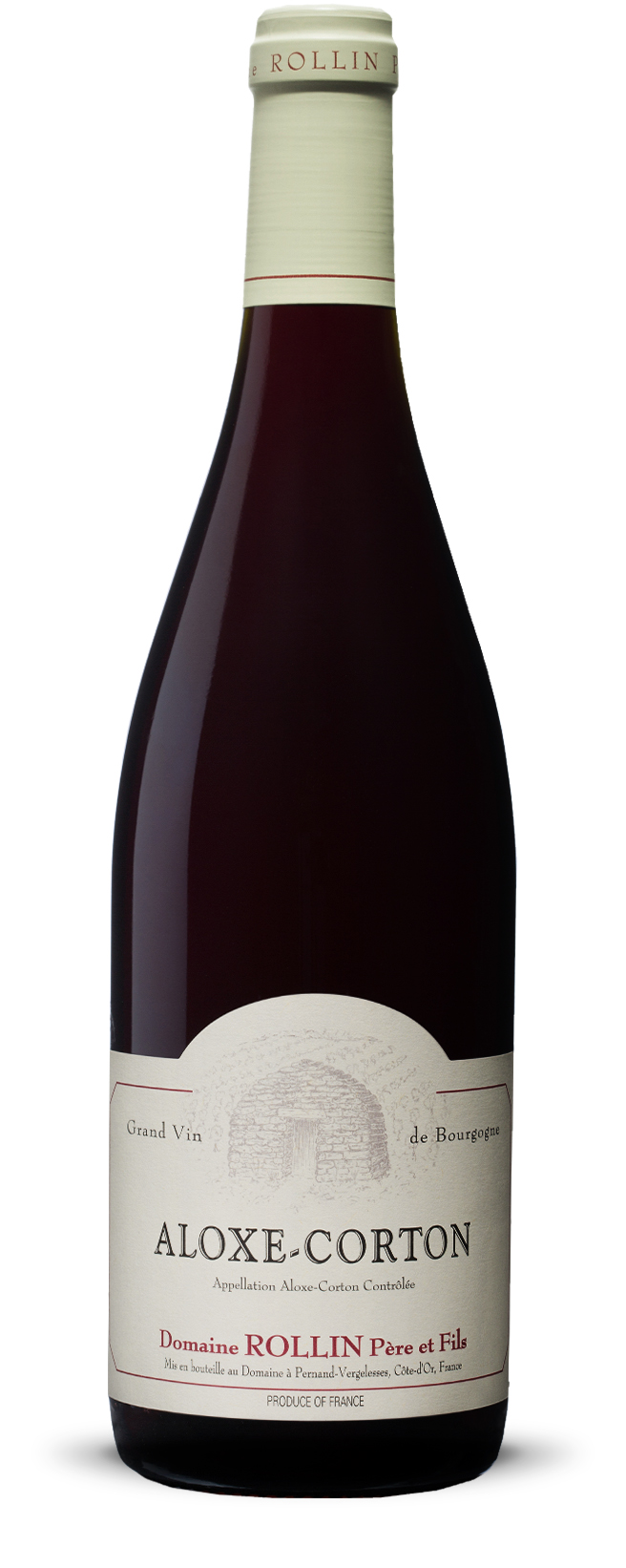

Aloxe Corton
You will be surprised by the density and ripeness of the tannins in this village wine.
GRAPE VARIETY
Pinot Noir
VINEYARD
A cuvée from three different terroirs: Les Boutières (1957) and Les Caillettes (1959) with clay-limestone soils that are light and deep; then Les Guérets (1978) which represents around 40% of the cuvée and where the soil is made up of brown-reddish clays scattered with blocks of limestone. This last-named parcel, classified as Premier Cru, provides the essential structure and depth of this cuvée.
VINIFICATION AND AGEING
Harvesting is entirely by hand. The grapes are transported in small crates then carefully sorted on arrival at the vat-house. Thereafter, they are totally destemmed and gravity-fed to vat, to maintain their integrity. After a pre-fermentation maceration for 5 to 6 days at 10°C, alcoholic fermentation starts off naturally at regulated temperature. During this period, daily tasting allows the operations of punching down and pumping over to be adjusted to the specificities of the vintage. After two to three weeks in vat the wines are housed in oak barrels (of which 25% new oak) for a period of 12 to 14 months. In barrel, malolactic fermentation occurs naturally in spring. After racking, wines are assembled in vat, until bottling by us during the following winter, without fining or filtering.
TASTE PROFILE
This Pinot Noir develops a deep and intense bouquet. The first taste impression is generous, fine and fruity. This wine could almost seem ‘gourmand’ and for early-drinking if the ripe tannins and the structure on the finish did not come to remind us we are dealing with a wine for keeping. Three to five years in bottle would be beneficial to it…
GASTRONOMIC HARMONY
This wine will go very well with game and with stews, even if these are highly seasoned. It will also support the presence of mature cheeses of strong character, such as Epoisses, Brillat-Savarin, Livarot…


